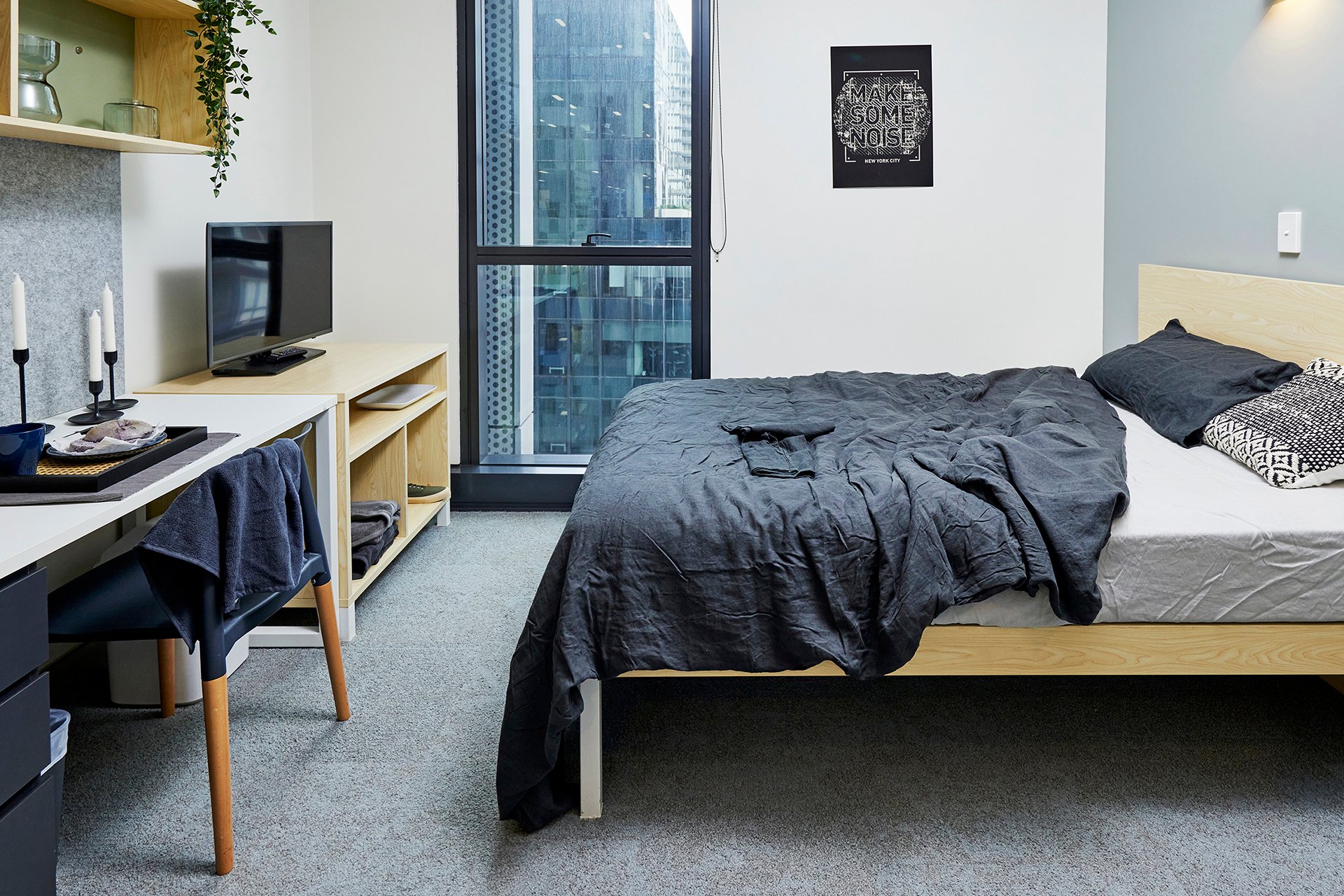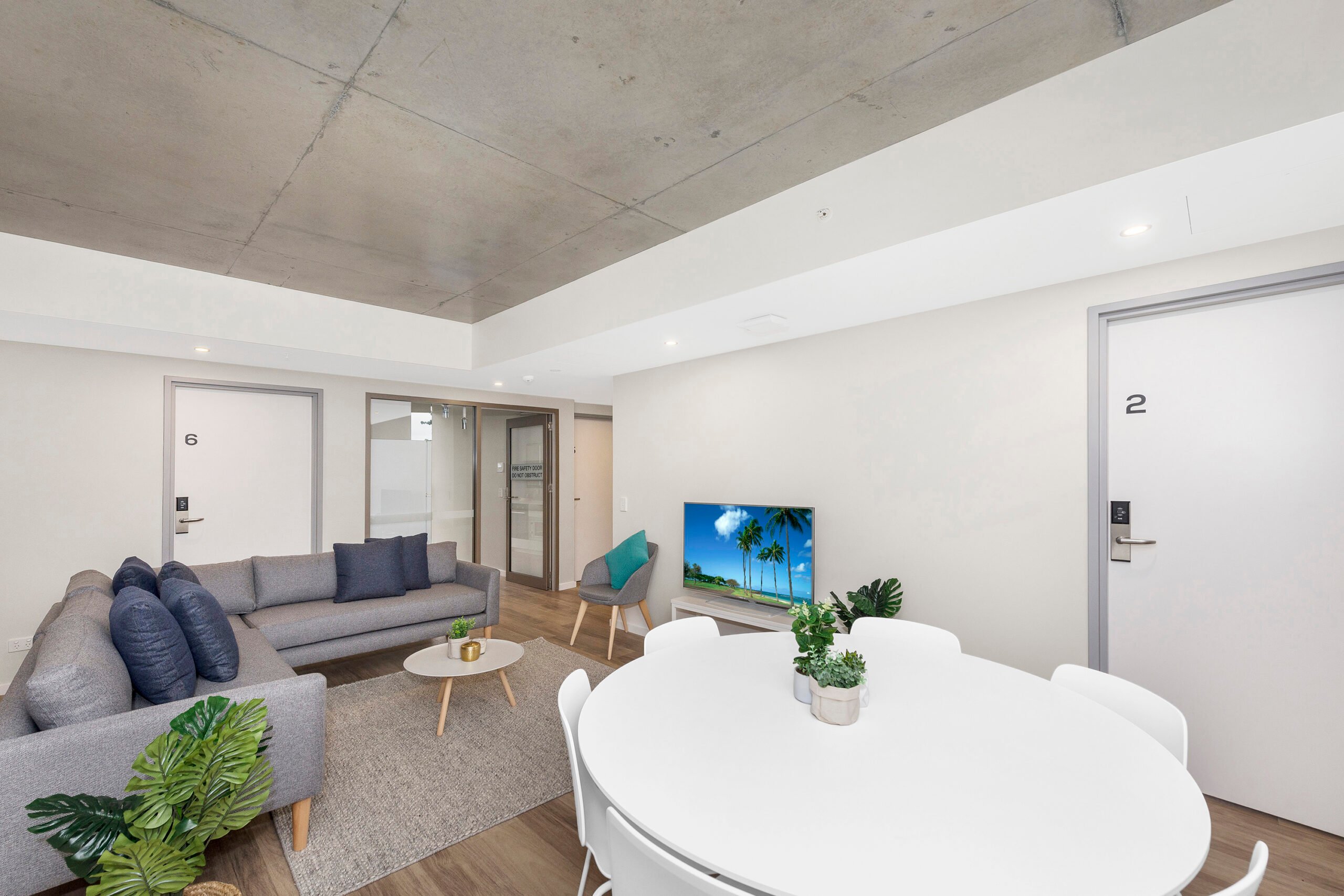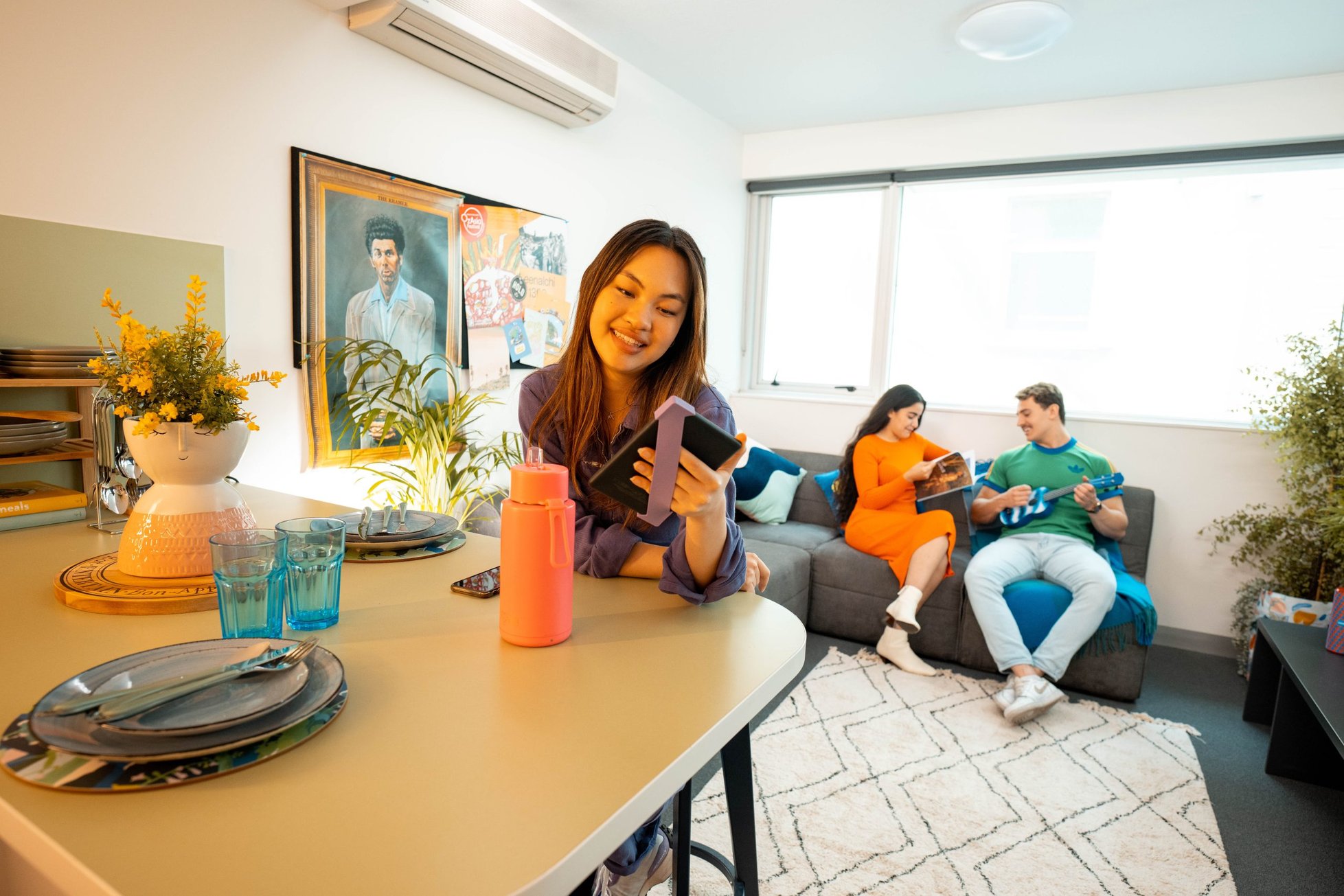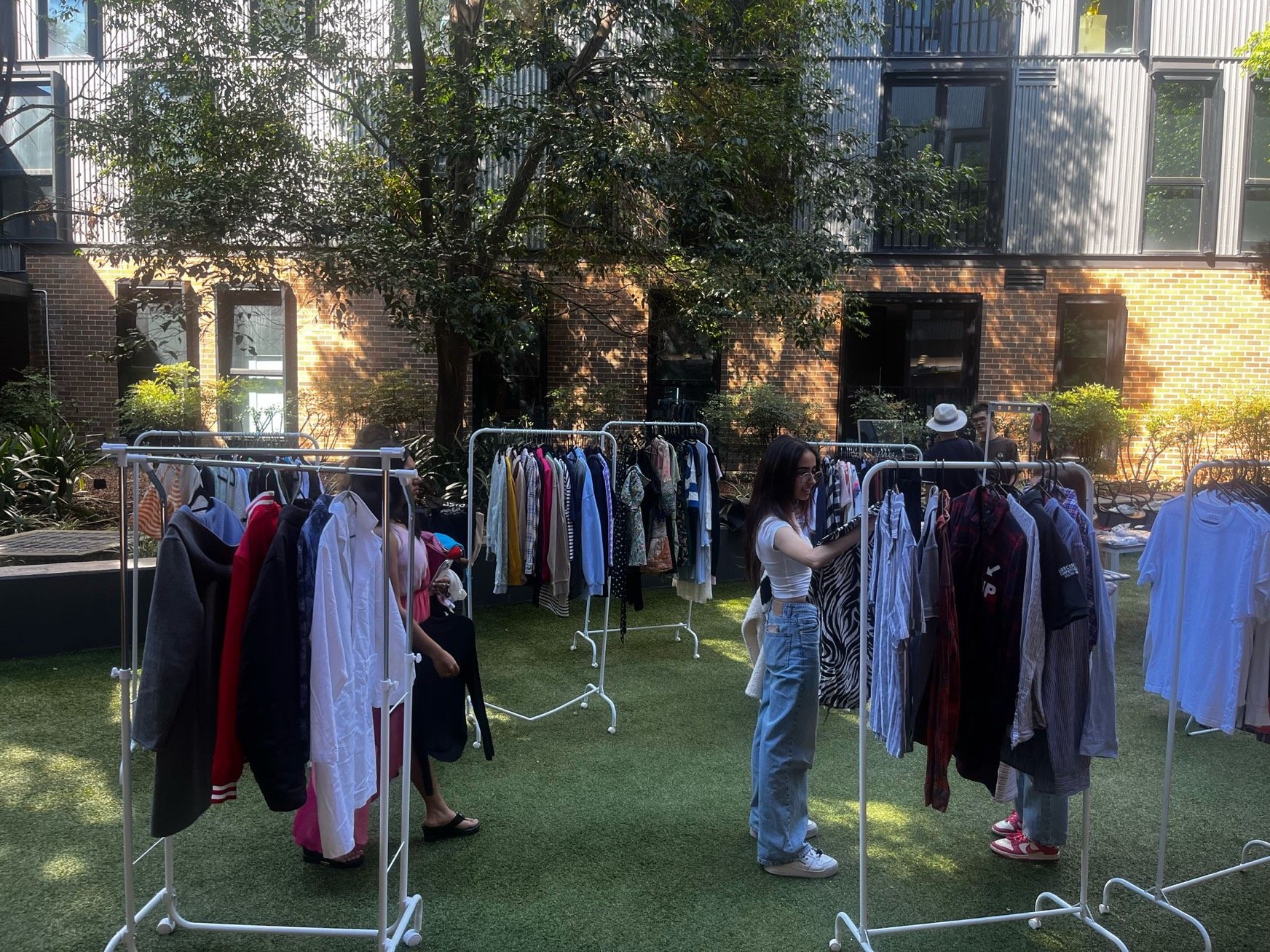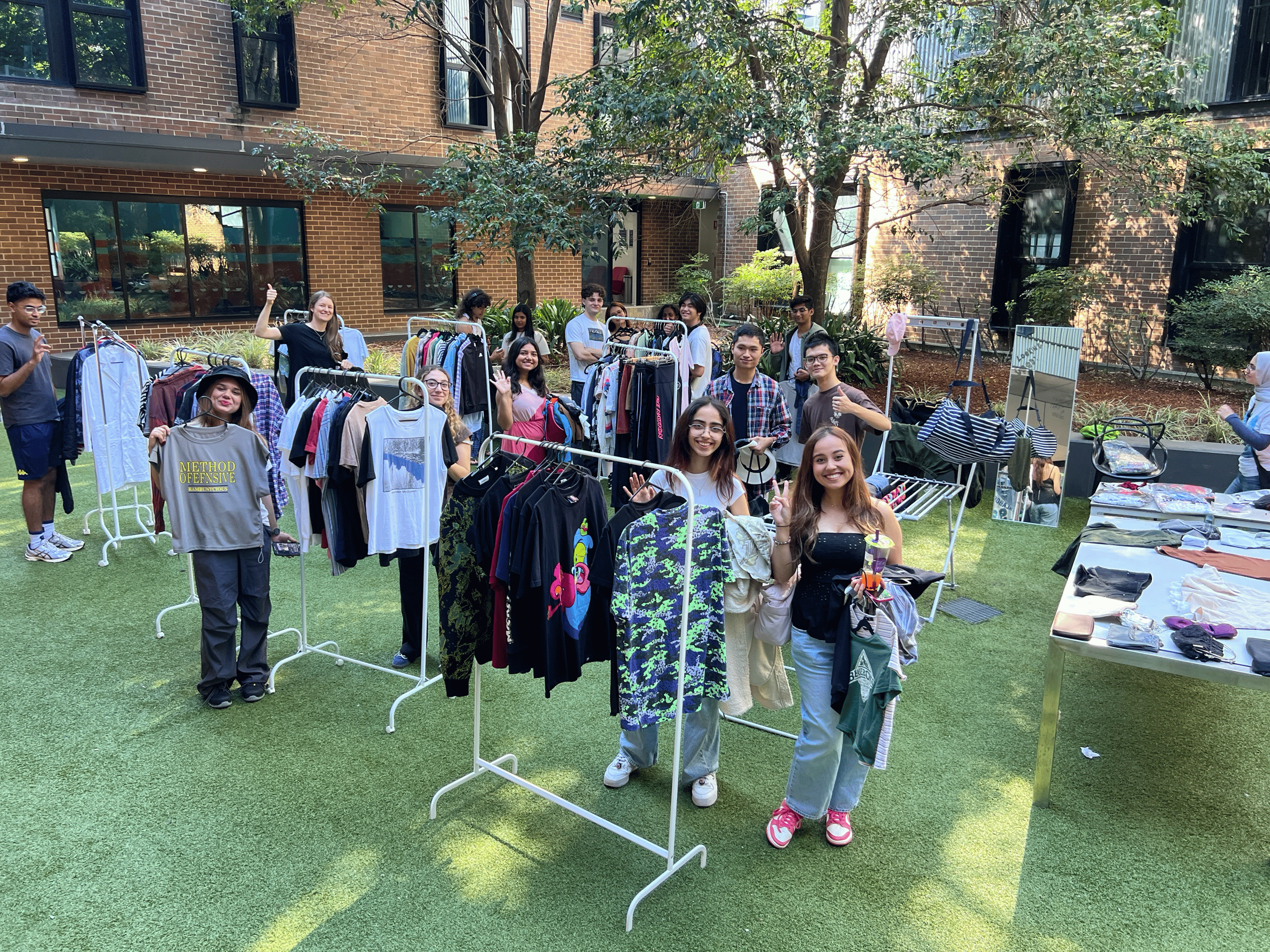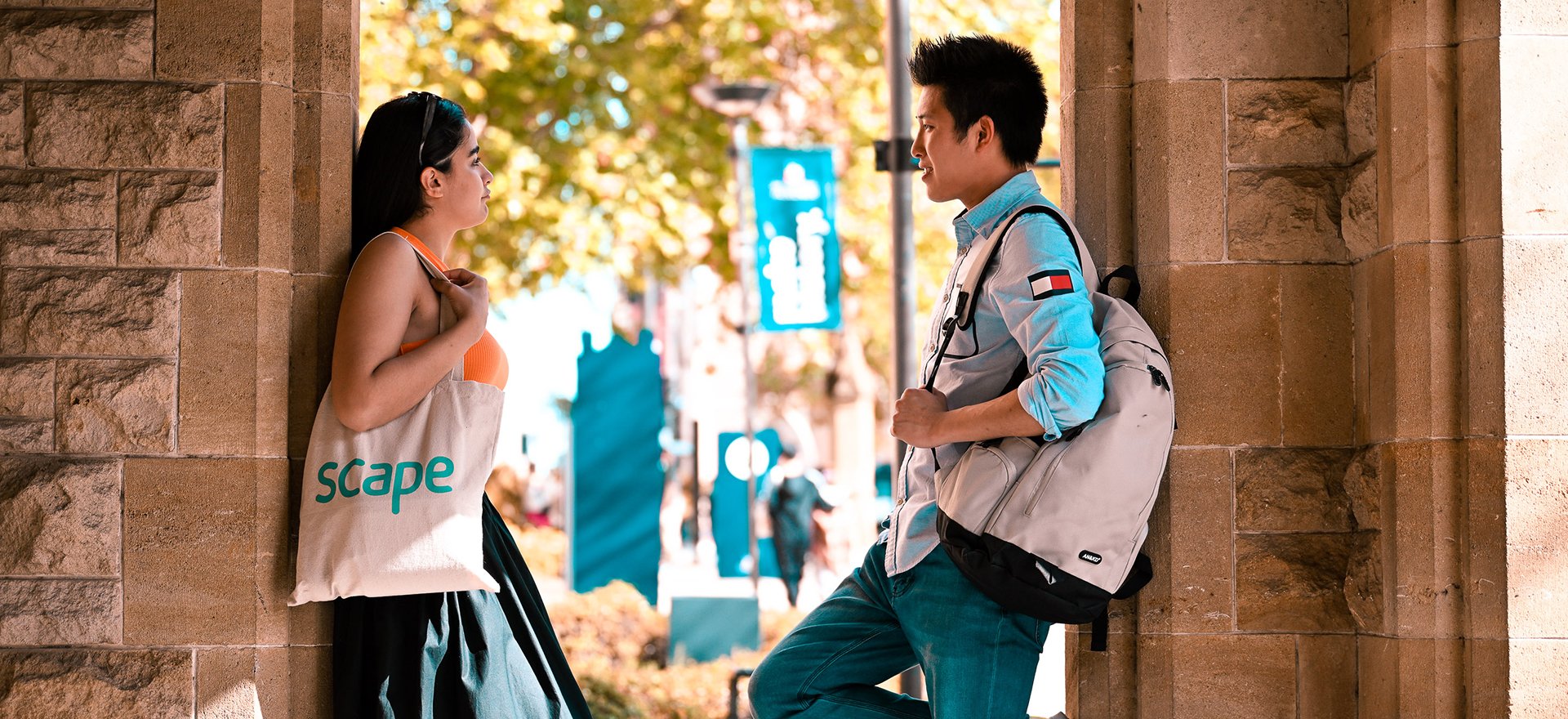In recent years, thrifting has exploded in popularity — not just as a smart way to save money, but as a vibrant movement that champions sustainability, creativity, and mindful living. For Australian students, it’s more than just secondhand shopping—it’s a lifestyle! Thrifting allows students to discover stylish, affordable clothing, furniture, and electronics, all while reducing waste and protecting the planet. And here’s a bonus for Scape residents: you have exclusive access to a treasure trove of free clothing generously donated by former residents. That’s right—fashion finds with history and heart, all at zero cost! In this blog post, we’ll dive into the many environmental benefits of thrifting, why every Aussie student should get on board, and how you can make the most of this fun, eco-friendly trend.
What is Thrifting?
Thrifting refers to the practice of buying second-hand items, often from charity shops, vintage stores, or thrift stores. These stores typically sell pre-owned clothes, furniture, electronics, and more, allowing consumers to find great deals and unique pieces. In Australia, thrifting has become increasingly popular, particularly among students who are conscious of their budgets and the planet’s health.
Thrift shopping has grown into a cultural trend that goes beyond just finding cheap clothes. It’s now seen as a sustainable alternative to fast fashion, offering a way to shop without contributing to the environmental damage caused by mass production and waste.
The Environmental Benefits of Thrifting
One of the primary reasons students should consider thrifting is its environmental impact. Fast fashion is notorious for its negative effects on the planet. From excessive water use to high carbon emissions, the fashion industry is one of the largest contributors to environmental degradation. Thrifting, on the other hand, can significantly reduce the strain on natural resources and help lower pollution levels.
1. Reducing Waste
Australia is no stranger to the growing issue of textile waste. The Australian Fashion Council reports that approximately 23,000 tonnes of textiles end up in landfills every year. When you buy second-hand clothing or items, you’re helping to reduce this waste. By reusing and repurposing existing goods, thrifting plays a key role in diverting textiles and other products from the landfill.
For students, thrifting is an excellent way to make a positive environmental contribution. Instead of purchasing items that might end up discarded, buying pre-loved goods extends the life of products, preventing them from being thrown away. This practice aligns with a zero-waste lifestyle, encouraging a circular economy where products are reused, recycled, and repurposed.
2. Lowering Carbon Footprint
The carbon footprint of the fashion industry is staggering. In fact, it’s estimated that the global fashion industry accounts for around 10% of global carbon emissions. This is due to the energy-intensive processes involved in manufacturing, transporting, and distributing new clothing. Thrifting, however, significantly reduces this environmental cost. When you shop for second-hand items, you’re not contributing to the production of new goods, which helps lower carbon emissions.
For students living in Australia, thrifting locally can further reduce your carbon footprint. By supporting local charity shops or second-hand stores, you’re keeping transportation emissions to a minimum, contributing to a greener, more sustainable way of living.
3. Saving Natural Resources
The production of new clothing and goods requires a significant amount of natural resources. From water to energy and raw materials, the process of creating new items depletes precious resources. For example, it takes around 2,700 litres of water to make just one cotton t-shirt. Thrifting helps reduce the demand for these resources by recycling products rather than creating new ones.
When you buy second-hand, you’re helping to conserve water, energy, and raw materials that would otherwise go into making new products. For students in Australia, embracing thrifting can reduce your ecological footprint and contribute to the conservation of vital natural resources.
4. Promoting a Circular Economy
The concept of a circular economy is centred around reducing waste and making the most of the products we already have. Thrift stores play an essential role in this economic model by facilitating the reuse and recycling of goods. Instead of constantly buying new items, thrifting encourages the exchange and repurposing of products.
As Australian students increasingly embrace a circular economy, they can help reduce the environmental impact of traditional consumerism. By supporting second-hand stores and donating unwanted items, students can actively participate in this sustainable practice, ensuring that products are reused rather than disposed of.
Why Thrifting is Perfect for Australian Students
Thrifting isn’t just a great way to help the environment; it’s also an ideal solution for Australian students who are often looking for budget-friendly alternatives to buying new. Here’s why thrifting is particularly well-suited to student life:
1. Affordable Fashion
As students, most of us are on tight budgets. Buying brand-new clothes, furniture, or electronics can be expensive, but thrifting allows you to find high-quality items at a fraction of the price. Whether you’re looking for a stylish outfit for an upcoming event or need furniture for your student accommodation, thrift stores offer a wide range of options to suit every budget.
For fashion-conscious students, second-hand clothing stores are a goldmine. You can find trendy, unique pieces that are often more affordable than their fast-fashion counterparts. Plus, thrifting provides an opportunity to build a wardrobe that reflects your individual style without overspending.
2. Unique Finds
One of the exciting aspects of thrifting is the thrill of discovering unique, one-of-a-kind items. Whether it’s a vintage leather jacket, a retro lamp, or a rare book, second-hand stores are full of hidden gems. Thrift stores often carry items that aren’t available in mainstream retail outlets, giving you the chance to stand out with original, bespoke pieces.
For Australian students, thrifting allows you to build a wardrobe or home decor collection that is both affordable and distinctive. It’s an opportunity to showcase your personality and creativity, all while keeping your spending in check.
3. Supporting Local Communities
Many of Australia’s thrift stores are run by charities, with the proceeds going towards supporting local communities and causes. By shopping second-hand, you’re not just saving money and the environment – you’re also contributing to social good. The funds raised through thrift shops often go towards supporting educational programs, healthcare initiatives, and other community-driven projects.
For students looking to make a positive impact, thrifting provides an easy way to support local charities and organisations. Shopping second-hand allows you to feel good about your purchases, knowing that you’re helping others in need.
Tips for Maximising the Benefits of Thrifting
Now that you understand the environmental and financial advantages of thrifting, here are some practical tips to help you make the most of your thrifting experience:
1. Do Your Research
Before heading out, do a little research to find the best thrift stores in your area. Look for places that specialise in the types of items you’re looking for, whether it’s clothing, books, or furniture. Many stores also have online presence or social media pages where they post updates on new arrivals, sales, or special events.
2. Set a Budget
It’s easy to get carried away while thrifting, especially when you’re finding great deals. Set a budget before you head to the store, and stick to it. This will help ensure that you’re not overspending and that you’re only purchasing items that you truly need.
3. Check for Quality
While thrifting is all about finding affordable items, it’s important to check the quality of the goods before making a purchase. Look for signs of wear and tear, such as holes in clothing or broken parts in furniture. Thrift stores often offer significant discounts on items that have minor imperfections, so keep an eye out for bargains that can be easily fixed.
4. Donate Your Items
When you buy second-hand, remember to give back. Donate items you no longer need to charity shops or local thrift stores. Not only will this help others find affordable products, but it’s also an excellent way to declutter your space and keep things sustainable.
Conclusion
Thrifting offers Australian students an affordable and environmentally friendly alternative to traditional shopping. By choosing to buy second-hand, students can significantly reduce their carbon footprint, conserve natural resources, and support local communities. Plus, thrifting gives you the chance to find unique items that reflect your personal style without breaking the bank.
Embrace the thrifting movement today – it’s a sustainable and budget-friendly way to shop while making a positive impact on the environment. So next time you’re in the market for something new, why not take a trip to your local second-hand store and start thrifting? Your wallet, your wardrobe, and the planet will thank you!
